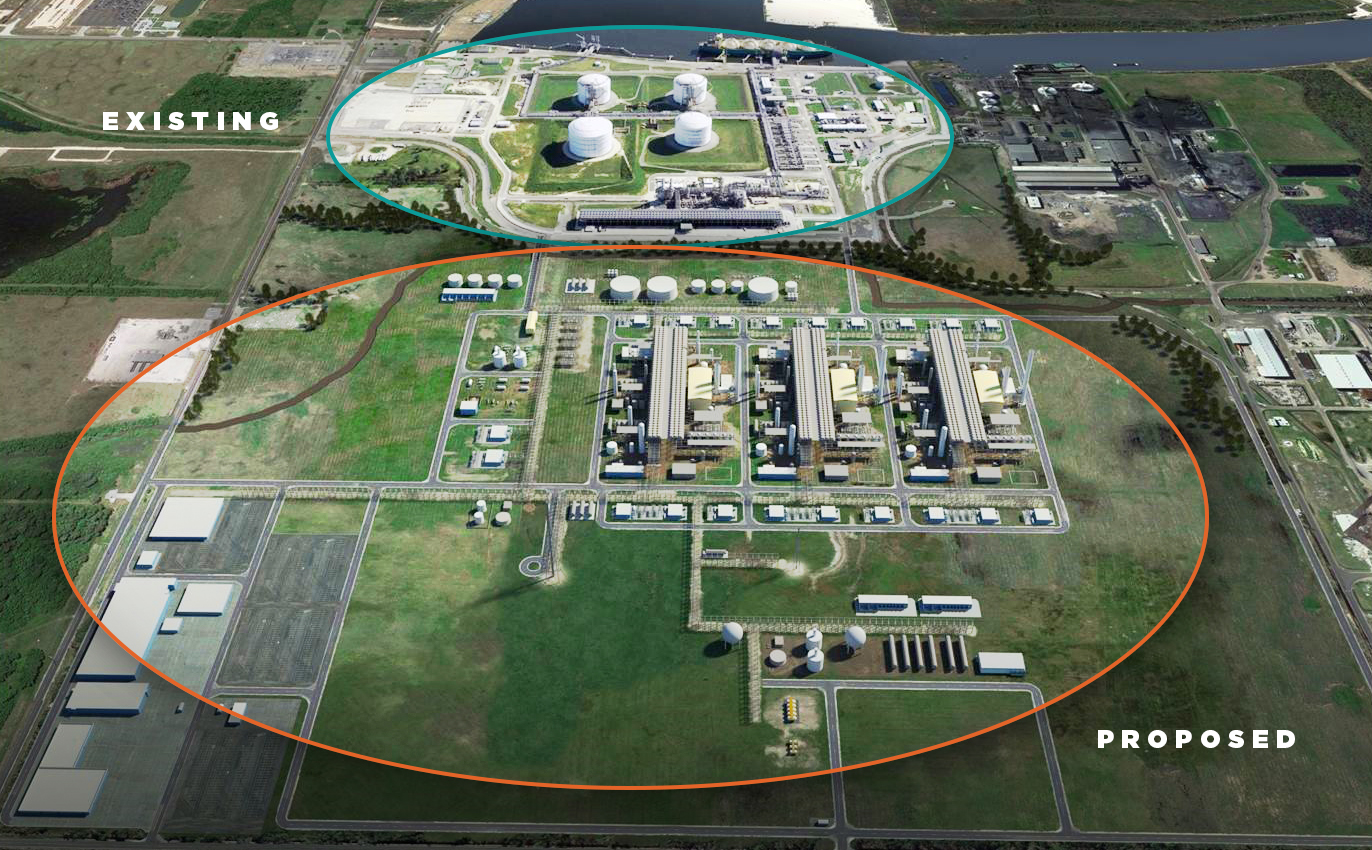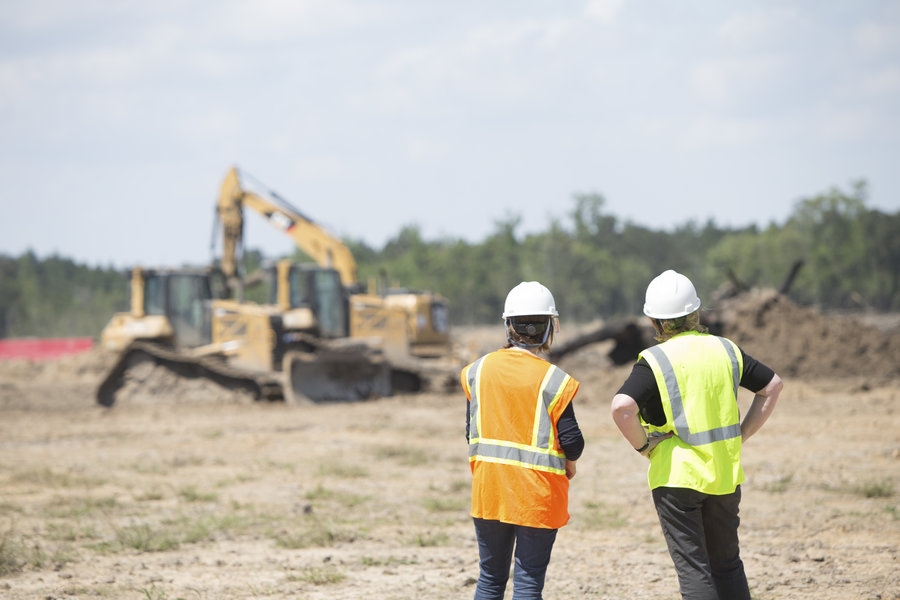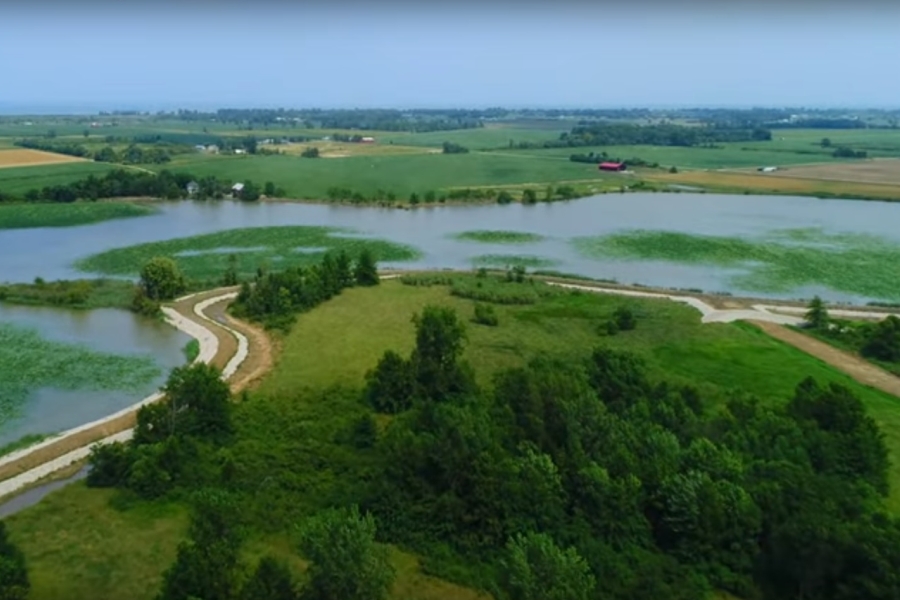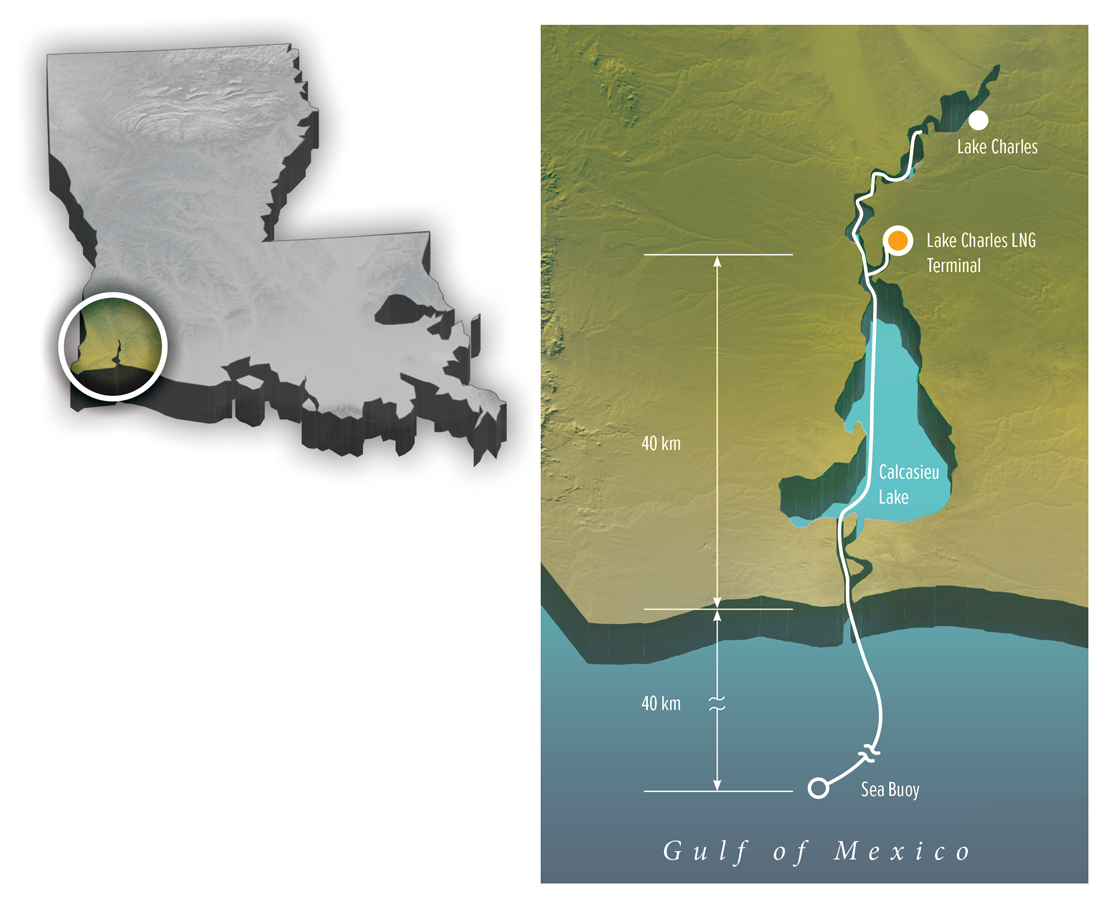Project Updates
Lake Charles LNG signed an Engineering, Procurement and Construction contract in September 2024 with a joint venture comprised of KBR and Technip Energies to construct the liquefaction facility. - Lake Charles LNG has signed several long-term LNG offtake agreements. In April 2025, Lake Charles LNG entered into a non-binding heads of agreement with MidOcean Energy that would fund 30% of the construction costs and be entitled to receive 30% of the LNG production (approximately 5.0 mtpa). View further information on the newsroom page.
Subject to the execution of additional LNG offtake agreements, commitments from third parties for equity investments in the project and the satisfaction of other conditions, Lake Charles LNG targets making a final investment decision in the fourth quarter of 2025.




